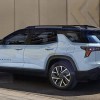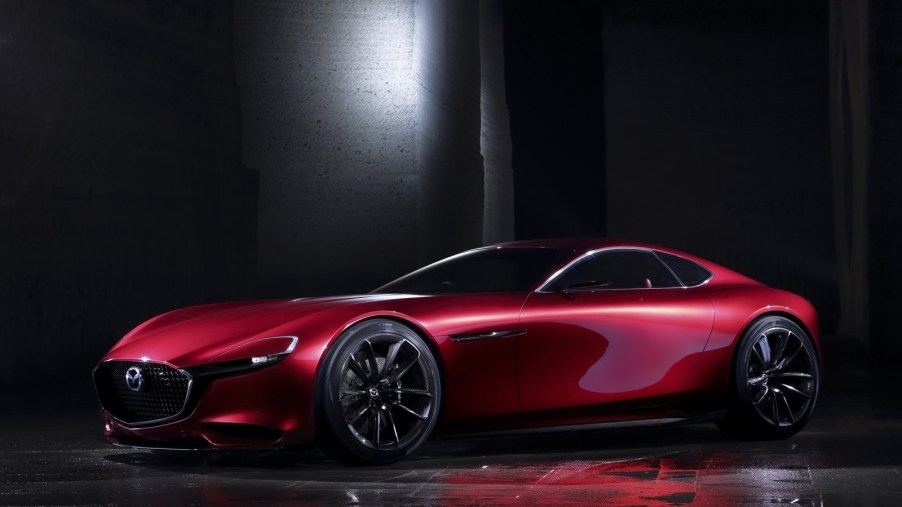
Mazda Might Seriously Bring the Rotary Back in a Hybrid
Mazda’s introducing quite a few updates. The next-gen Mazda6 is taking a page from BMW and offering an inline-6 and rear-wheel drive. The Japanese automaker is also re-introducing more physical infotainment controls and has been named the most reliable brand for 2020. However, there are at least 2 things Mazda’s missing. Although well-reviewed, the CX-5 doesn’t have a hybrid trim like the Toyota RAV4 or Honda CR-V. And despite its flaws, Mazda faithful still long for a rotary. Well, recently-uncovered patents hint Mazda is working on a rotary hybrid.
Mazda rotary hybrid patent details
The automaker reportedly filed a hybrid patent earlier, Automobile Magazine reports, but this discovery is courtesy of an update filed this year.
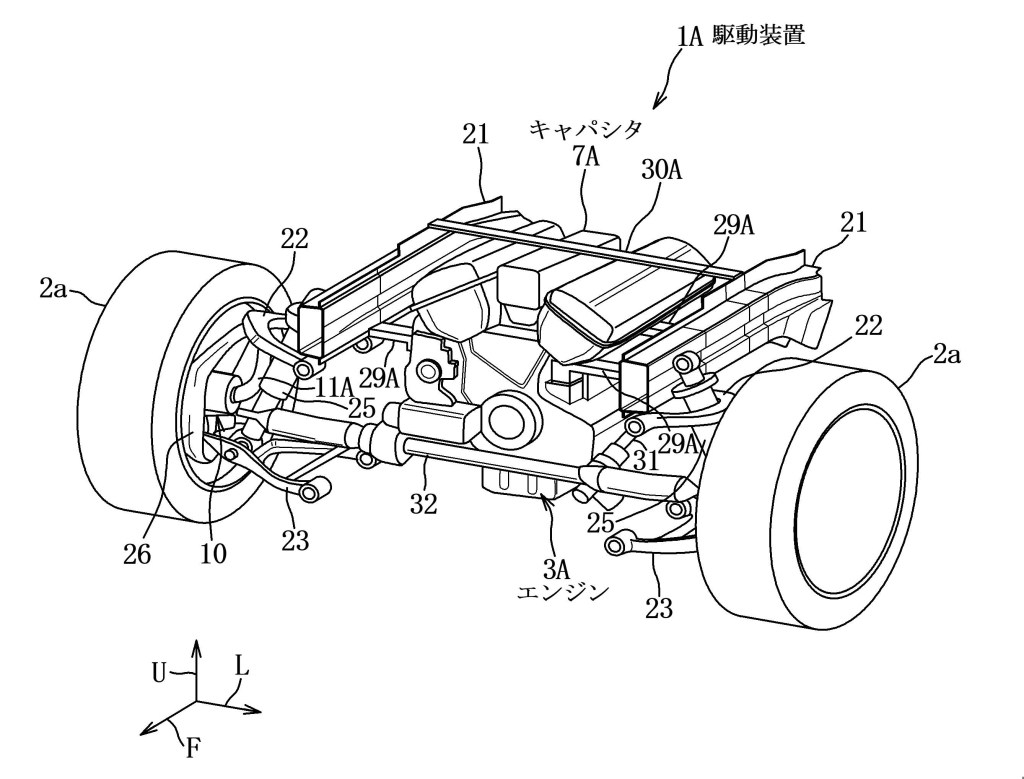
Overall, the patent describes a Mazda hybrid with a front-mounted combustion engine. But, in addition to the engine, there would be 2 in-wheel electric motors powering the front wheels. One more electric motor would be mounted in the center of the car, powering the rear wheels.
Supplying the power, in addition to the ICE engine, is a lithium-ion battery pack and a capacitor system. That alone is somewhat intriguing, as capacitors have previously only appeared in concepts or limited-edition supercars like the Lamborghini Sian. But the drawings of the combustion engine also draw interest.
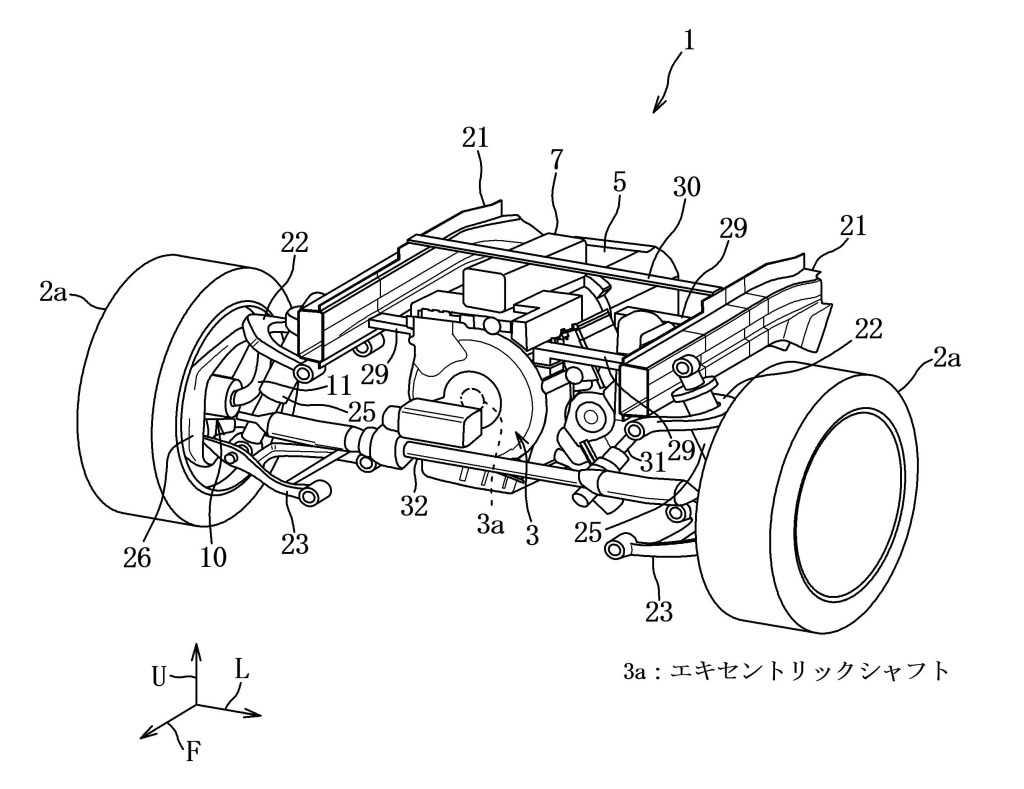
One patent drawing shows a conventional V-shaped piston engine. The other, though, has a rotary engine.
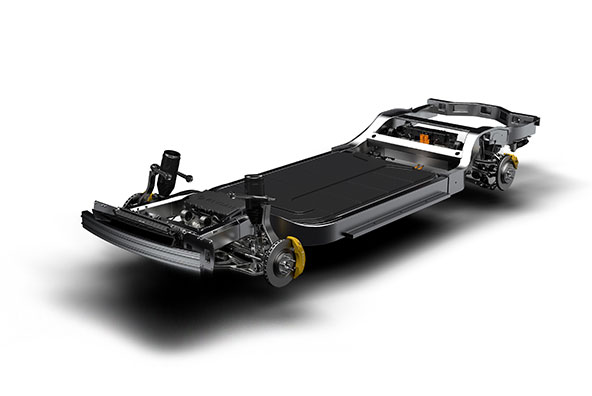
Automobile reports that Mazda’s hybrid design is unusual, even without the rotary. For one, although some EVs, like the Rivian R1T, use hub-mounted electric motors, in-wheel ones come with some disadvantages. They increase un-sprung weight, which makes the ride and handling worse. They also don’t provide as much torque as hub-mounted motors, because they lose the added leverage (the ‘ft’ in ‘lb-ft’) of the axle.
However, Mazda appears to have at least partially resolved these issues. Or at least, made the decisions with a goal in mind: weight-savings.
Why would Mazda design a rotary hybrid like this?
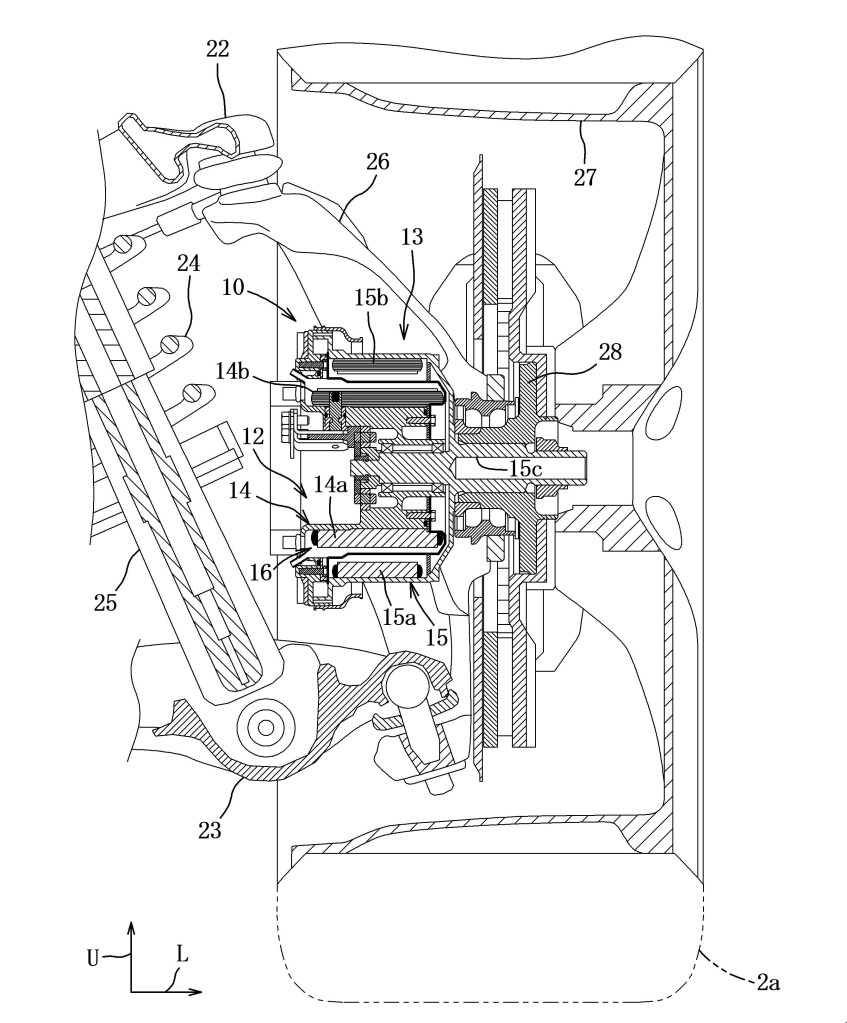
The in-wheel front motors are relatively small, and don’t turn the front wheels all the time, Motor1 reports. Instead, the engine usually powers the front, and the 3rd electric motor powers the rears. But, when the driver needs extra performance, the in-wheel motors kick in. They’re designed to run at a higher voltage than the rest of the car but at lower current. Lower current means the wiring and motors themselves can be small while still delivering good performance.
The capacitor system also plays into the design. Capacitors can’t store as much energy for as long as batteries, but they discharge and charge much faster. They’re also, Mazda claims, significantly lighter than the equivalent battery pack.
That’s also why the front motors don’t turn on all the time: they’re powered almost exclusively by the capacitors. Only when the capacitors are drained is the Li-ion battery pack tapped into. That’s why the pack itself can be rather small—only 3.5-kWh—because it only really powers one motor at a time. This also makes the pack cheaper and easier to make, as it doesn’t use as much material, something battery suppliers have been struggling with.
But, why did Mazda include a rotary engine in its hybrid patents? Although rotary engines have their flaws, they’re also very compact. And for their size, they’re fairly powerful. The 2004 Mazda RX-8, for instance, had a 1.3-liter rotary engine that made 238 hp in its 6-port form. In comparison, the US-market Ford Fiesta had a 1.6-liter four-cylinder that only made 110 hp. Even with a turbocharger, the Fiesta ST’s 1.6-liter four-cylinder still only made 197 hp.
What we still don’t know
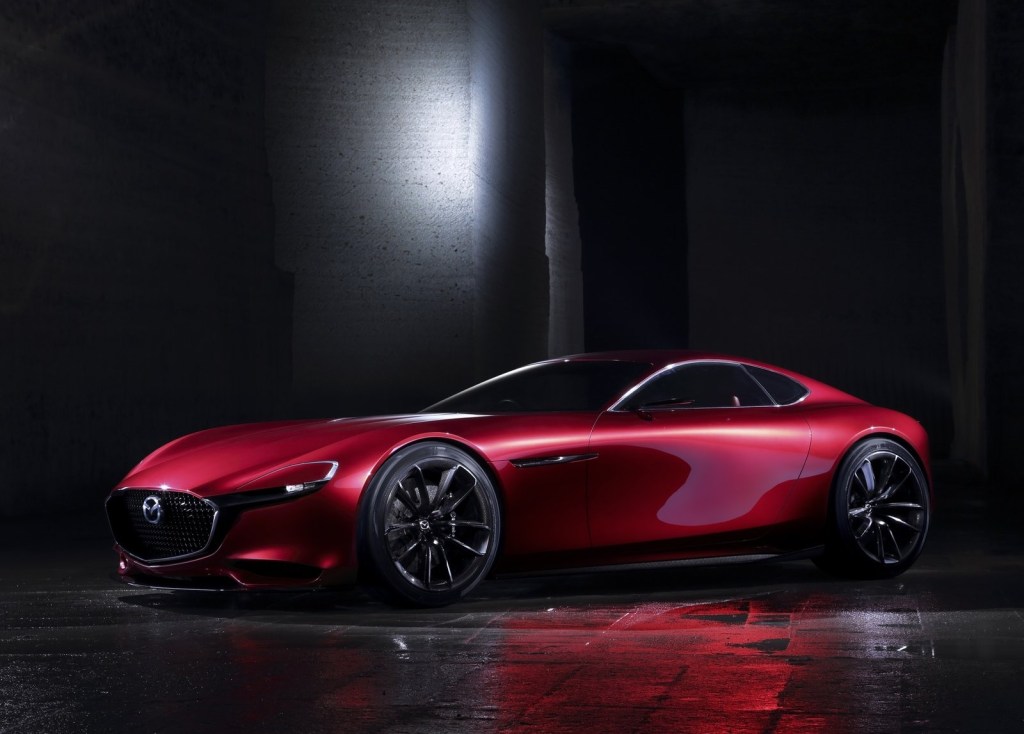
At the moment, these drawings are simply that. Mazda has teased the return of the rotary before, in the form of the 2015 RX-Vision Concept. And while there have been rumor of the MX-30 EV offering a rotary range-extender, that has yet to materialize.
In addition, Automobile points out that Mazda doesn’t have a platform on which to build this rotary hybrid. The patent drawings also indicate the car would come with a rear transaxle, packaging the rear differential and transmission into one piece. This would save interior space, and improve weight distribution. However, there’s no current Mazda vehicle that uses a transaxle, front or rear.
Still, let’s hope this hybrid proves the dreams of a Mazda rotary aren’t in vain.
Follow more updates from MotorBiscuit on our Facebook page.


